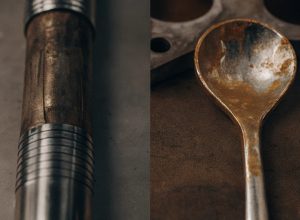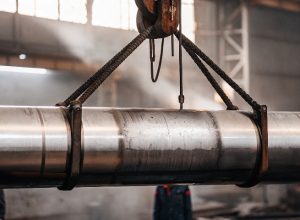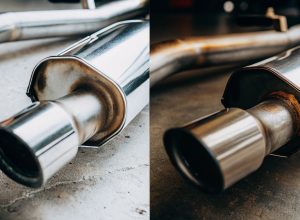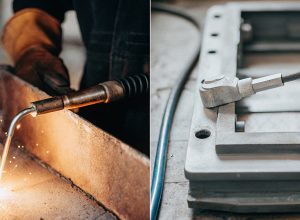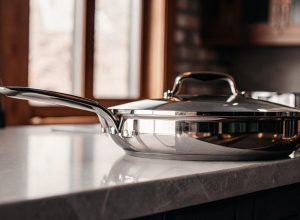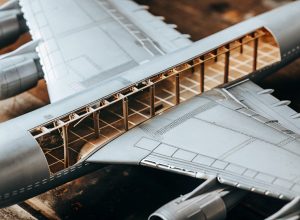Building submarines for deep-sea pressure is a huge challenge. The wrong material can fail. A titanium submarine1 offers unique strength and resilience, providing an incredible solution for underwater vessels.
A submarine made of titanium is incredibly strong. Its high strength-to-weight ratio2 allows it to dive deeper and withstand immense oceanic pressure better than steel. This makes it a top material for advanced military and exploration submarines, ensuring superior performance and safety.
People often hear that titanium is strong, but they don’t always understand what that means for a massive, complex structure like a submarine. It’s not just about the raw power of the material. It’s about how that strength translates into real-world advantages, from diving depth to operational lifespan. To really get it, we need to break down what makes titanium the prime choice for such a demanding job. Let’s explore the key questions that engineers and product managers like Lisa always ask.
Is titanium good for submarines?
Choosing the right material for a submarine is critical. A bad choice means poor performance and high safety risks. Titanium’s unique properties make it an exceptionally good and reliable material.
Yes, titanium is excellent for submarines. Its superior strength-to-weight ratio allows for deeper dives and greater payload capacity. Its unmatched corrosion resistance in saltwater also extends the submarine’s service life and lowers maintenance costs, making it a highly strategic material.
When I talk with product managers like Lisa, she needs to justify the higher initial cost of titanium to her team. I explain that it’s an investment in performance and longevity. The two biggest advantages are its strength-to-weight ratio and its resistance to corrosion. A titanium hull can be just as strong as a steel one but weigh significantly less. This means the submarine can dive deeper, move faster, or carry more equipment. At my plant in Baoji, we produce titanium alloys specifically for these harsh marine environments. The material is practically immune to saltwater corrosion, which is a constant problem for steel hulls. This dramatically cuts down on maintenance over the submarine’s life. It’s not just "good"; it’s a game-changer for naval engineering3.
| Feature | Titanium Alloy (e.g., Grade 5) | High-Strength Steel (e.g., HY-80) |
|---|---|---|
| Density | Low (~4.43 g/cm³) | High (~7.87 g/cm³) |
| Corrosion Resistance | Excellent | Poor (Requires constant protection) |
| Magnetic Signature | Low (Non-magnetic) | High (Magnetic) |
| Operational Benefit | Deeper dives, higher speed, stealth | Limited depth, requires more maintenance |
What is the strongest material for a submarine?
When building for the ultimate depths, you need the absolute best material. A material’s failure point could mean a total disaster. While other options exist, titanium alloys are the strongest practical choice.
For high-performance, deep-diving submarines, titanium alloys are considered the strongest and most effective material. Their excellent strength-to-weight ratio lets them handle huge pressure without the excessive bulk and weight of high-strength steels, making them the top choice for advanced naval craft.
"Strongest" can mean a few things. When naval engineers like the ones at General Dynamics Electric Boat choose a material, they look at more than just tensile strength. They focus on "specific strength," which is the strength-to-weight ratio. This is where titanium wins decisively. High-strength steels like HY-80 or HY-100 are very strong, but they are also very heavy. To withstand deep-sea pressures, a steel hull must be made incredibly thick and bulky. This adds a huge amount of weight. Titanium alloys, on the other hand, provide similar or even greater strength for much less weight. This allows designers to build a hull that can go deeper without being too heavy. In my work, I help clients understand this trade-off. We develop titanium plates that meet precise strength and toughness specifications, ensuring the material is not just strong, but also resilient against a catastrophic fracture under pressure.
| Material | Yield Strength (MPa) | Density (g/cm³) | Specific Strength (Strength/Density) |
|---|---|---|---|
| Titanium Alloy (Grade 5) | ~830 | 4.43 | ~187 |
| High-Strength Steel (HY-100) | ~690 | 7.87 | ~88 |
| Aluminum Alloy (7075-T6) | ~500 | 2.81 | ~178 |
How much force can titanium withstand?
General terms like "strong" are not enough for engineers. They need exact numbers to make decisions. Misunderstanding a material’s limits can lead to very costly or dangerous mistakes.
A common aerospace and marine alloy like Titanium Grade 5 can withstand enormous force. It has a typical tensile strength of about 950 MPa (megapascals). This means it can easily endure the crushing pressure found at extreme ocean depths, making it exceptionally reliable.
When a client asks me this question, I explain it in practical terms. 950 MPa is a massive number. The water pressure at the depth of the Titanic wreck, about 3,800 meters down, is around 38 MPa. This shows that a Grade 5 titanium hull has a huge safety margin. It’s designed to resist forces many times greater than what it would typically encounter. At our facility, a huge part of my job is quality control. We perform rigorous tests on every batch of titanium we produce. We verify its tensile strength, yield strength, and fracture toughness to ensure it meets global standards like ASTM and ASME. So when I provide a certification for our titanium, Lisa and her engineering team can be completely confident that the material will perform exactly as specified, protecting the vessel and its crew under the most extreme conditions imaginable. It’s not just a number on a sheet; it’s a guarantee of safety and performance.
Can you make a submarine out of titanium?
Knowing a material is strong is one thing. Actually building a submarine from it is another challenge. Manufacturing issues can make a great material impractical to use in the real world.
Yes, you can absolutely build a submarine entirely out of titanium. Russia pioneered this with submarines like the Alfa and Sierra classes. While manufacturing is more complex and expensive than with steel, the proven performance gains in speed, depth, and stealth are significant.
It’s not just a theoretical concept; it has been done successfully. The Russian navy proved the feasibility decades ago. Of course, there are challenges. Titanium is harder to weld than steel and requires specialized equipment and inert gas environments to prevent contamination. The raw material is also more expensive. This is a topic I discuss frequently with companies exploring titanium for large projects. However, the industry has come a long way. Here at Shaanxi Titonest Metal, we have refined our production and forging processes to supply high-quality, large-scale titanium plates and rings that are more consistent and easier to work with. We also provide technical support on the best welding and fabrication techniques. The result is that the benefits—a submarine that is faster, quieter, can dive deeper, and will never rust—are now more accessible than ever before. The initial investment is higher, but the final product is a vessel with capabilities that steel simply cannot match.
Conclusion
Titanium’s amazing strength, light weight, and corrosion resistance make it the ultimate material. It’s used to build powerful, deep-diving submarines that push the limits of exploration and defense.

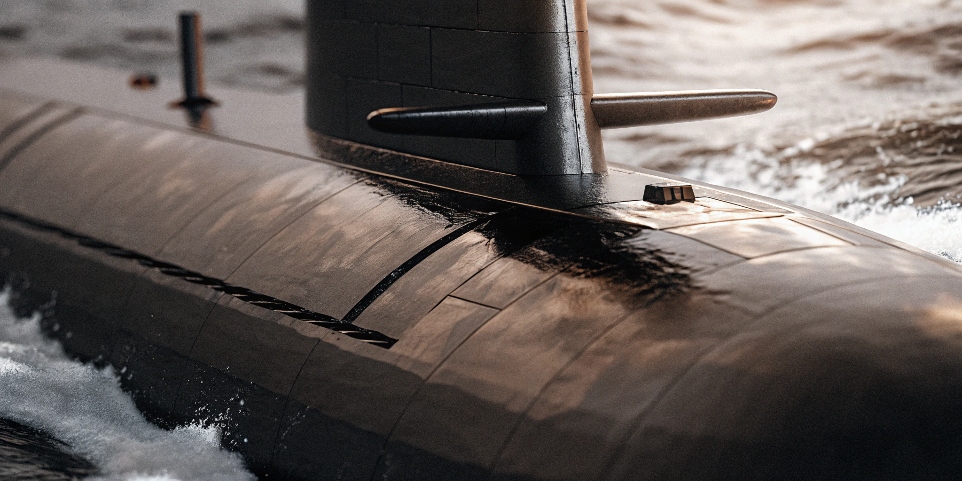
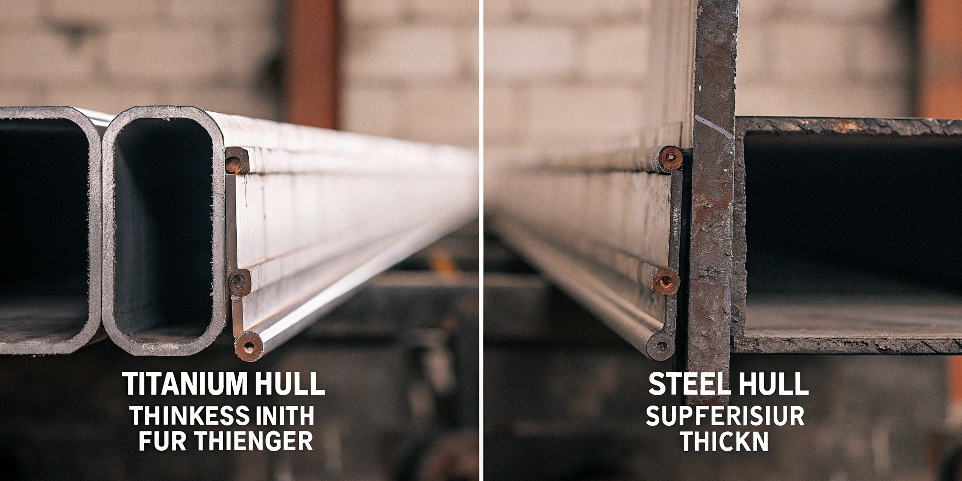
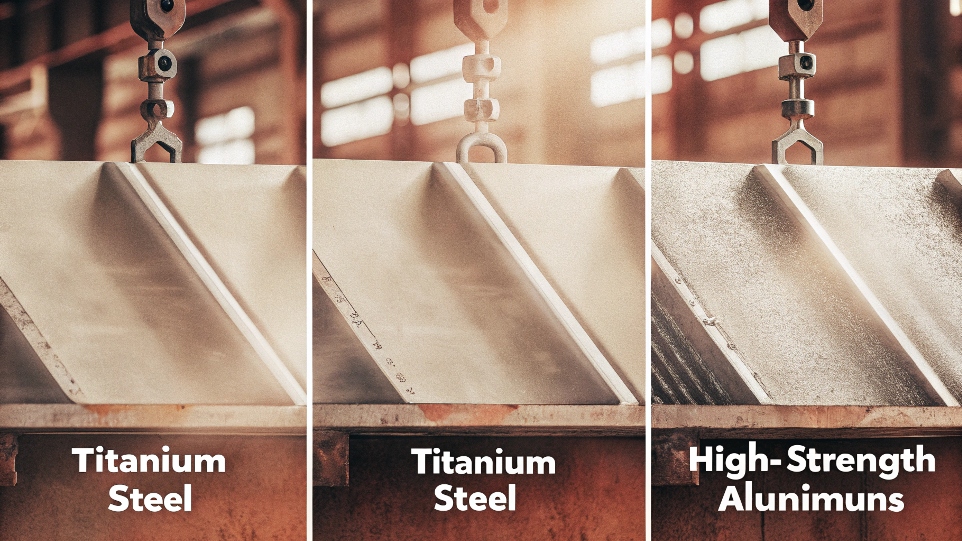
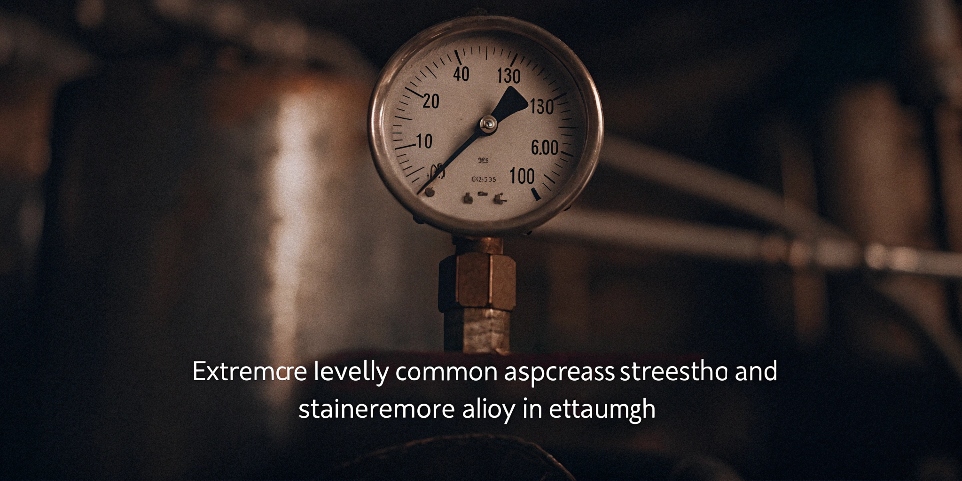
[^4], known for its full titanium hull.](https://titonestmetal.com/wp-content/uploads/2025/07/yes-you-can-absolutely-build-a-submarine-entire.jpg)

